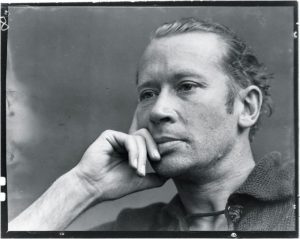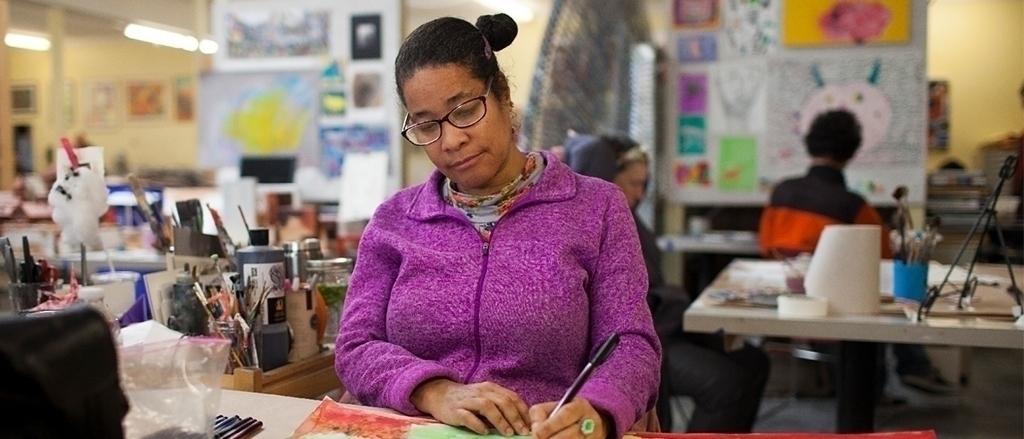
Every generation believes that it must battle unprecedented pressures of conformity; that it must fight harder than any previous generation to protect that secret knowledge from which our integrity of selfhood springs. Some of this belief stems from the habitual conceit of a culture blinded by its own presentism bias, ignorant of the past’s contextual analogues. But much of it in the century and a half since Nietzsche, and especially in the years since Heaney, is an accurate reflection of the conditions we have created and continually reinforce in our present informational ecosystem — a Pavlovian system of constant feedback, in which the easiest and commonest opinions are most readily rewarded, and dissenting voices are most readily punished by the unthinking mob.
Few people in the two centuries since Emerson issued his exhortation to “trust thyself” have countered this culturally condoned blunting of individuality more courageously and consistently than E.E. Cummings (October 14, 1894–September 3, 1962) — an artist who never cowered from being his unconventional self because, in the words of his most incisive and competent biographer, he “despised fear, and his life was lived in defiance of all who ruled by it.”
A fortnight after the poet’s fifty-ninth birthday, a small Michigan newspaper published a short, enormous piece by Cummings under the title “A Poet’s Advice to Students,” radiating expansive wisdom on art, life, and the courage of being yourself. It went on to inspire Buckminster Fuller and was later included in E.E. Cummings: A Miscellany Revised (public library) — that wonderful out-of-print collection which the poet himself described as “a cluster of epigrams, forty-nine essays on various subjects, a poem dispraising dogmata, and several selections from unfinished plays,” and which gave us Cummings on what it really means to be an artist.

